Evaluating a horse's back for saddle fit - part three
We are no longer building saddle trees, but we have two videos about how Western saddles fit horses available on our westernsaddlefit.com website.
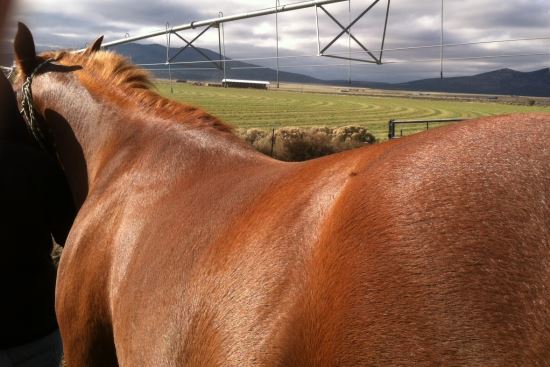
This is the last part of a three part series on how we assess a horse’s back to figure out what tree specs will work the best on him. In part one we looked at the horse from the side. In part two we looked at the back from behind and above. In this part, we are checking the horse’s back at an angle from both front and back to see the amount of rock the horse will need. This view also helps us when deciding on the crown pattern we want to use.
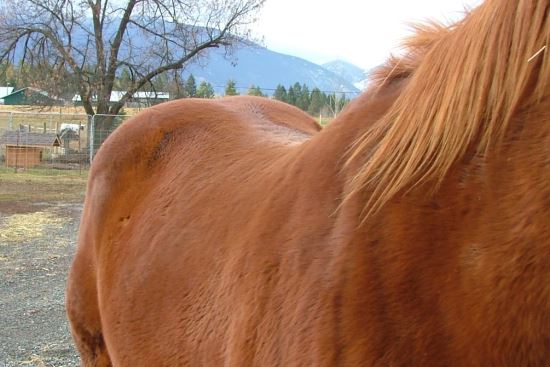
So if we look at the horse angled from the front, we get a good look at the curve over the loin area. Is it flat or is it curved up toward the croup?
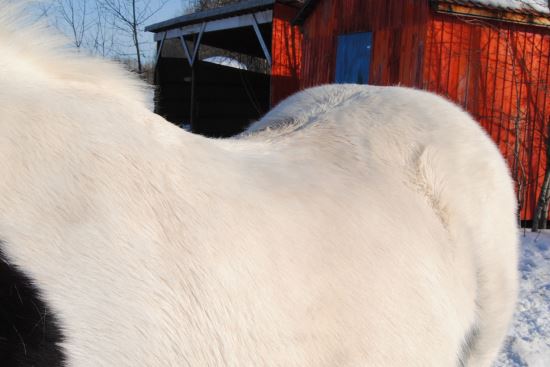
This horse will need more rock toward the back of the bar since he curves up toward his croup. We don’t want straighter bars to Poke into his loin. That is not a good thing… However, with the correct rock and relief built into the back bar tips, there won’t be a problem for horses with a rise into the croup like this.
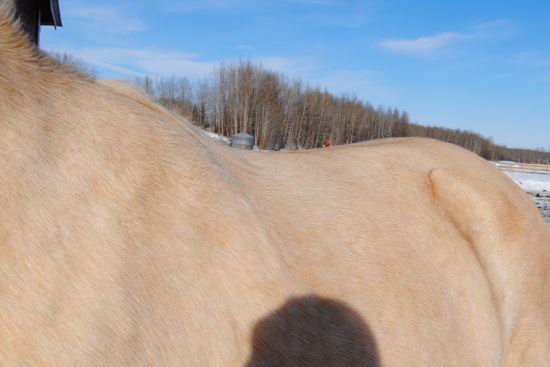
This horse is very straight backed here. A bar with too much rock will cause the back of the saddle to stick up at the back, and have too much pressure under the center and front of the bar. By the way, these last two horses are owned by the same person. No, they can’t use the same saddle on both!
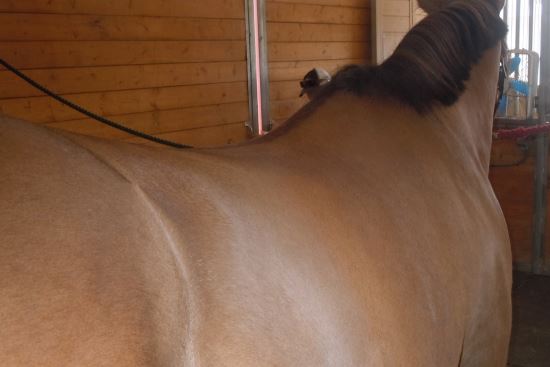
Pictures angled from the back looking forward give us a good chance to see the wither “pocket” area and the shoulder blades. How much curve is there and what shape is it?
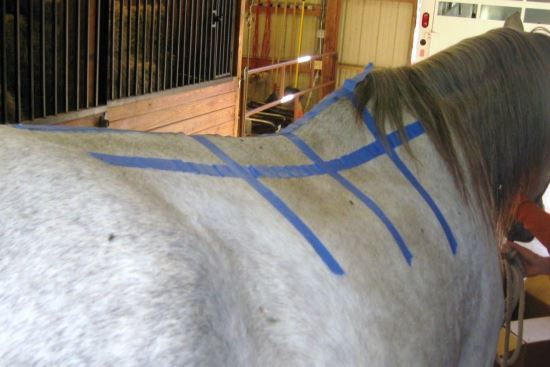
Is there a lot of curve going up toward the shoulders? Then we need more rock up front or the front bar tips may create a pressure point against the shoulder blades.
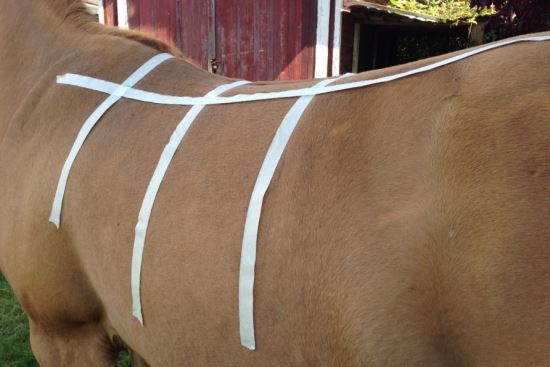
Is there not a lot of curve there? Then not as much rock is needed. If horses with this shape have too much rock in the front of their trees (which some people term “flare”), the saddle will tend to move forward over the shoulder blade and then compress muscle between bone and bar.
Looking at these pictures also helps us evaluate the amount of crown (amount of rounding side to side) we want to use on the bars.
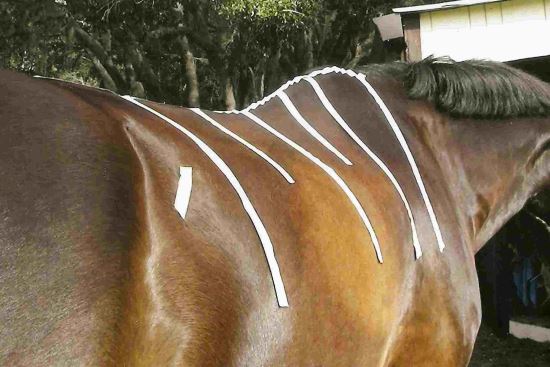
A deeper hollow needs more crown to keep the pressure even from edge to edge of the bar.
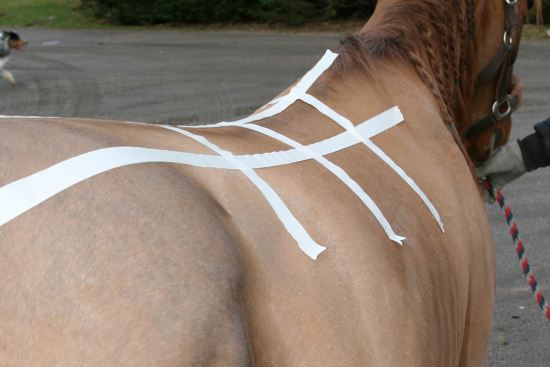
A flatter “wither pocket” area needs less crown or it will have excess central pressure, which is one of the causes of dry spots and, if it is way too much, can cause those nasty white spots we see all too commonly.
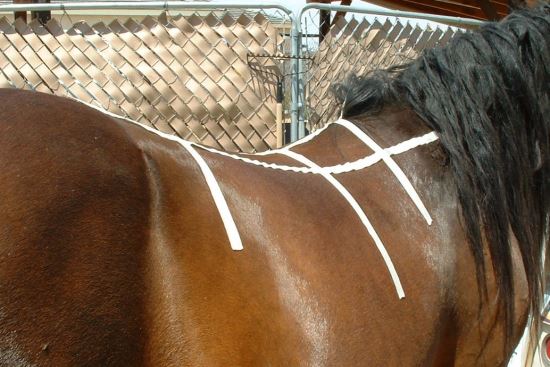
But more rock up front doesn't necessarily correlate with more crown. In our post on rock we talked about muscular horses that need more rock. Here is an example of a horse that needs more rock up front but doesn’t need a lot of crown on the front bar pad.
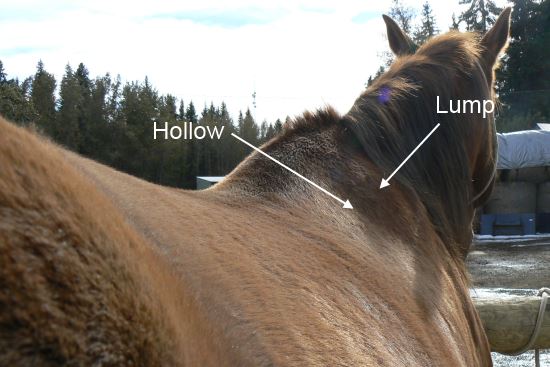
And sometimes you see the “lump and hollow” look of a damaged horse. Then we have discussions with our saddle maker customer to determine what their customer really needs and/or wants in these cases.
Now some people may be thinking at this point that we are saying that every horse is different and needs its own, unique tree. Not at all. These patterns of the factors that affect fit (bar angle, bar spread, rock, crown and twist) do correlate and fall into different body types, and those body types are what we work to fit. We are separating the different factors in these posts just to demonstrate what they look like so that more people can develop their eye when they look at a horse to evaluate it for saddle fit. We hope you find it helpful.
